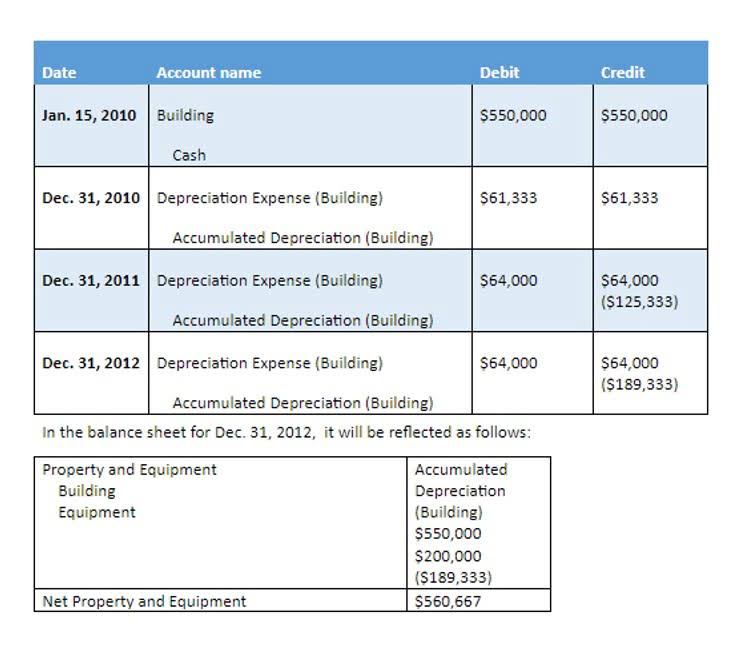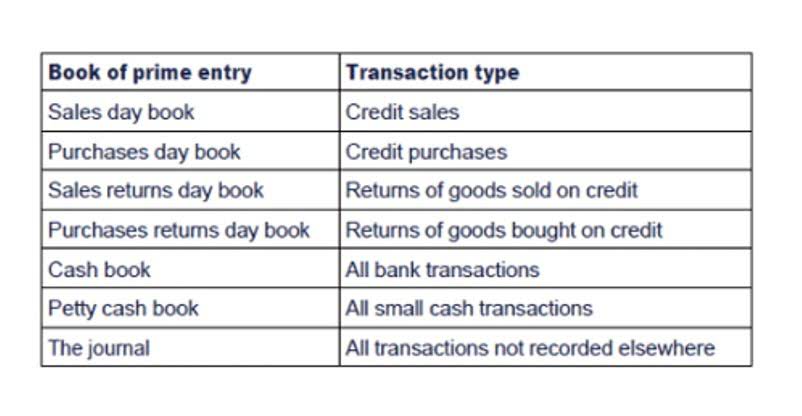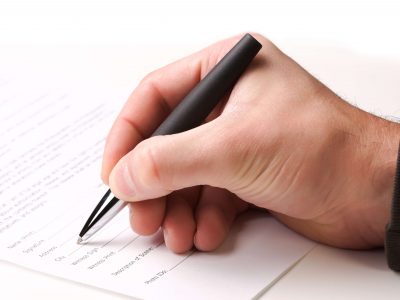How To Read A Balance Sheet Understanding Financial Statements
September 10, 2020 2:21 pm Leave your thoughts
With a firm understanding of the balance sheet basics, you can use this report to guide financial decision-making in your business. Although it takes time and effort to create an accurate balance sheet from scratch, it is a vital report you as a business owner should have. These financial statements are also key for calculating rates of return for your investors and for evaluating the capital structure of your business, both of which are essential processes. Financial statements can be intimidating documents filled with numbers and technical jargon. However, with a little effort, you can unlock valuable insights into your business’s overall financial health and performance.

Accounting Skills

If a business doesn’t release its annual financial report within a few weeks after the close of its fiscal year, you should be alarmed. The ratio is calculated by dividing the total liabilities by the total equity. When a company makes a profit, the amount of profit is added to shareholders’ equity. When balance sheet for dummies a company loses money, the loss is subtracted from shareholders’ equity.
Long-term liabilities

A company usually must provide a balance sheet to a lender in order to secure a business loan. A company must also usually provide a balance sheet to private investors when attempting to secure private equity funding. In both cases, the external party wants to assess the financial health of a company, the creditworthiness of the business, and whether the company will be able to repay its short-term debts. Balance Sheet is the most important financial statement as it helps us see the company’s financial position at a given point in time. The balance sheet, the Income Statement, and the Cash Flow statement are the three Insurance Accounting primary financial statements in accounting. The following figure shows the lines of connection between income statement accounts and balance sheet accounts.
- At the end of each accounting period, you take a snapshot of your business’s condition.
- This document is essential for understanding my company’s financial performance and making decisions about future operations.
- Collecting money in person (at a storefront, marketplace, etc.) can get pricey.
- This asset section is broken into current assets and non-current assets, and each of these categories is broken into more specific accounts.
- Shareholders’ equity is calculated by subtracting a company’s liabilities from its assets.
- Because of that, I collect most of my payments through an online gateway.
Net sales formula
It’s also worth retained earnings mentioning that shareholders’ equity and a company’s market capitalization (the market value of its stock) are often very different numbers. That is especially true if a company can generate high returns on its assets or it’s growing rapidly. Noncurrent assets include things that won’t be readily spendable within the next year. However, they also include equipment, long-term investments, and intellectual property.
At the end of each accounting period, you take a snapshot of your business’s condition. If you own a small business or simply want to analyze your personal financial condition, a balance sheet can help you tremendously. You can start by listing your assets, including your cash, investments, accounts receivable (money you’re owed), any inventory you own, property you have, and so forth. The cash flow statement is another important financial statement that shows a company’s cash inflows and outflows over a specific period. You can use this report to see how your business is doing overall and whether it has enough cash to cover its expenses.
- Similar to any other profession, time management is an essential skill to have.
- This method is more commonly used as it more accurately depicts the performance of a business over time.
- As noted, think of this as the amount of money that would theoretically be left if Apple decided to cease business operations, sell everything it owns, and pay off its debts.
- Updates to your application and enrollment status will be shown on your account page.
- This is matched on the liabilities side by $56.8 billion in accounts payable, likely money owed to the vendors and suppliers of many of those goods.
- Without this knowledge, it can be challenging to understand the balance sheet and other financial documents that speak to a company’s health.
- While the revenue growth is commendable, the rising ingredient costs could potentially squeeze their profit margins.
Profit and Loss (P&L) Statement

Unlike the income statement, which focuses on profitability, the cash flow statement highlights a company’s ability to generate and manage cash. These are the financial obligations a company owes to outside parties. To read a balance sheet, you need to analyze your business’s assets, liabilities, and equity to get a clear picture of what your company owns and owes. When completing your taxes or providing financial information to regulatory authorities. In some cases, businesses are required to submit their balance sheet and other financial statements for tax purposes. The balance sheet is meant to give you a clear view of what your business owes and owns.
Categorised in: Bookkeeping
This post was written by vladeta



